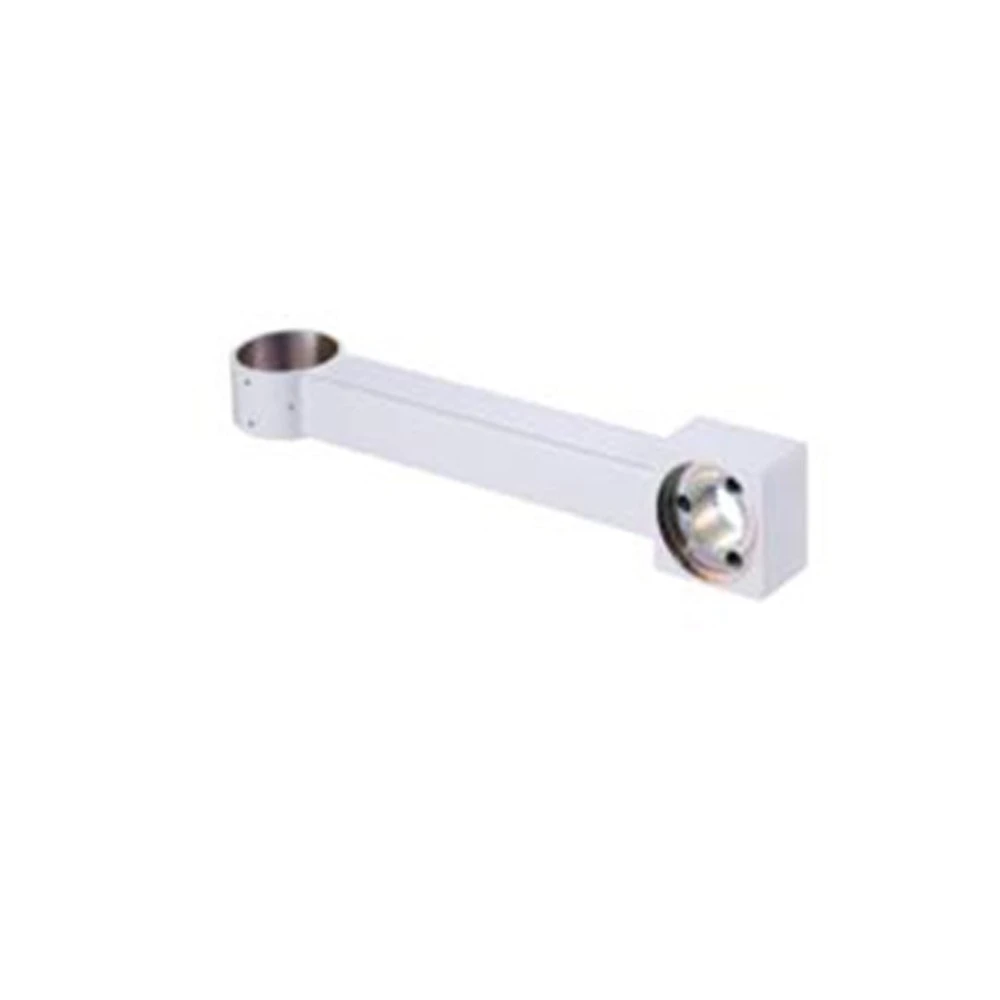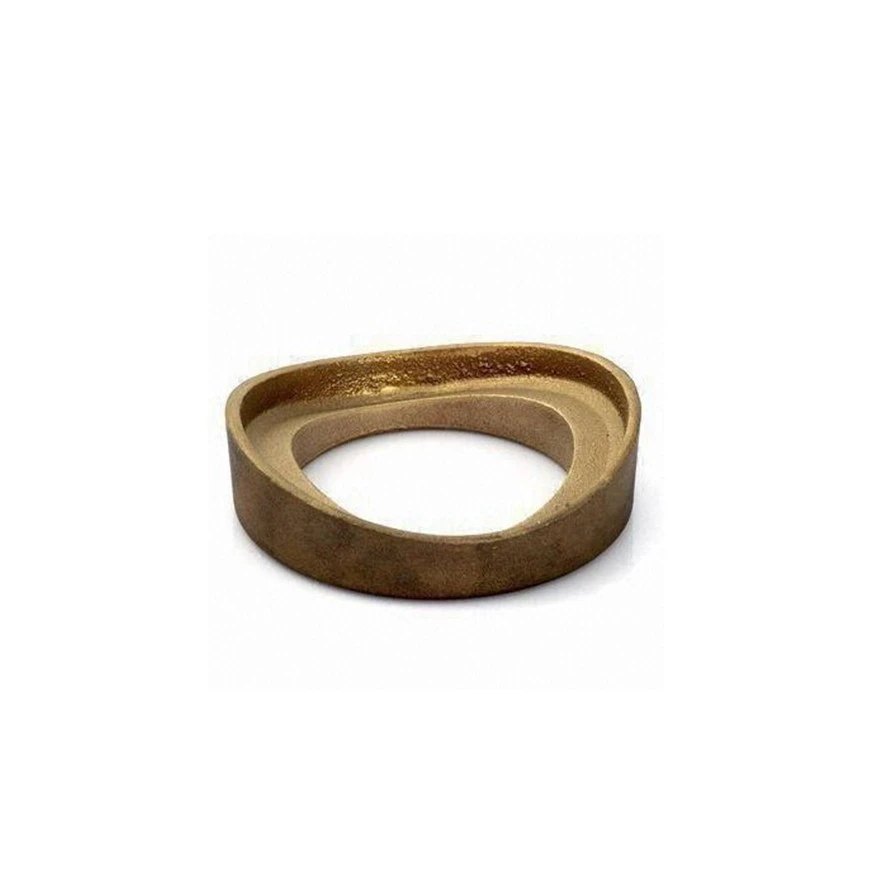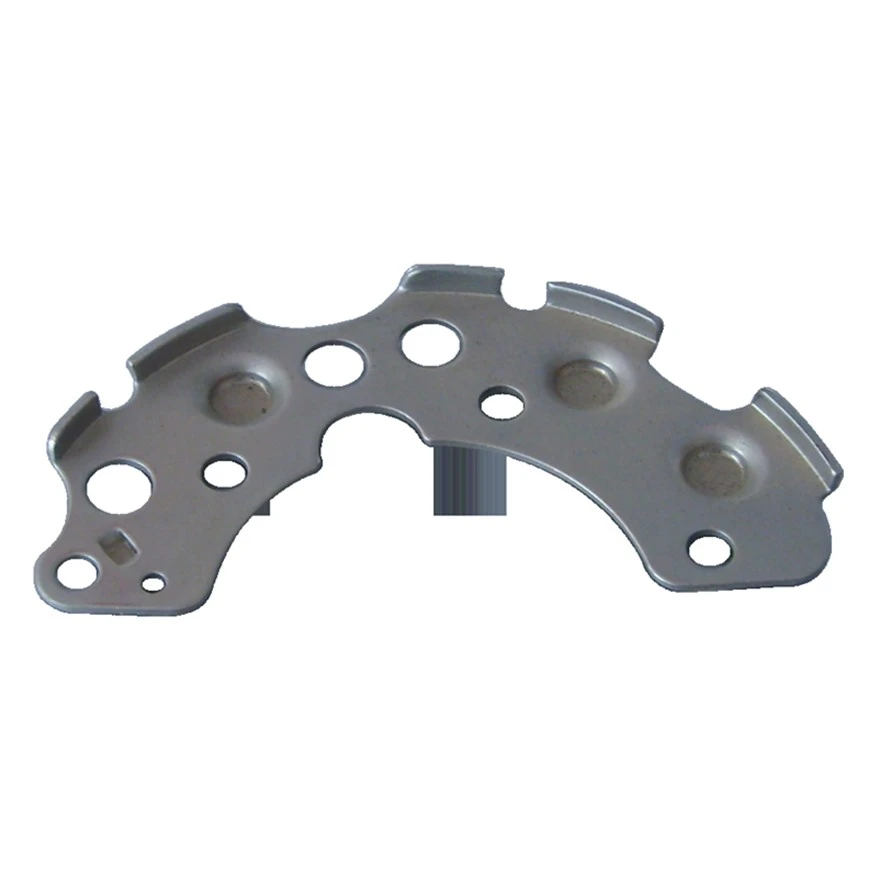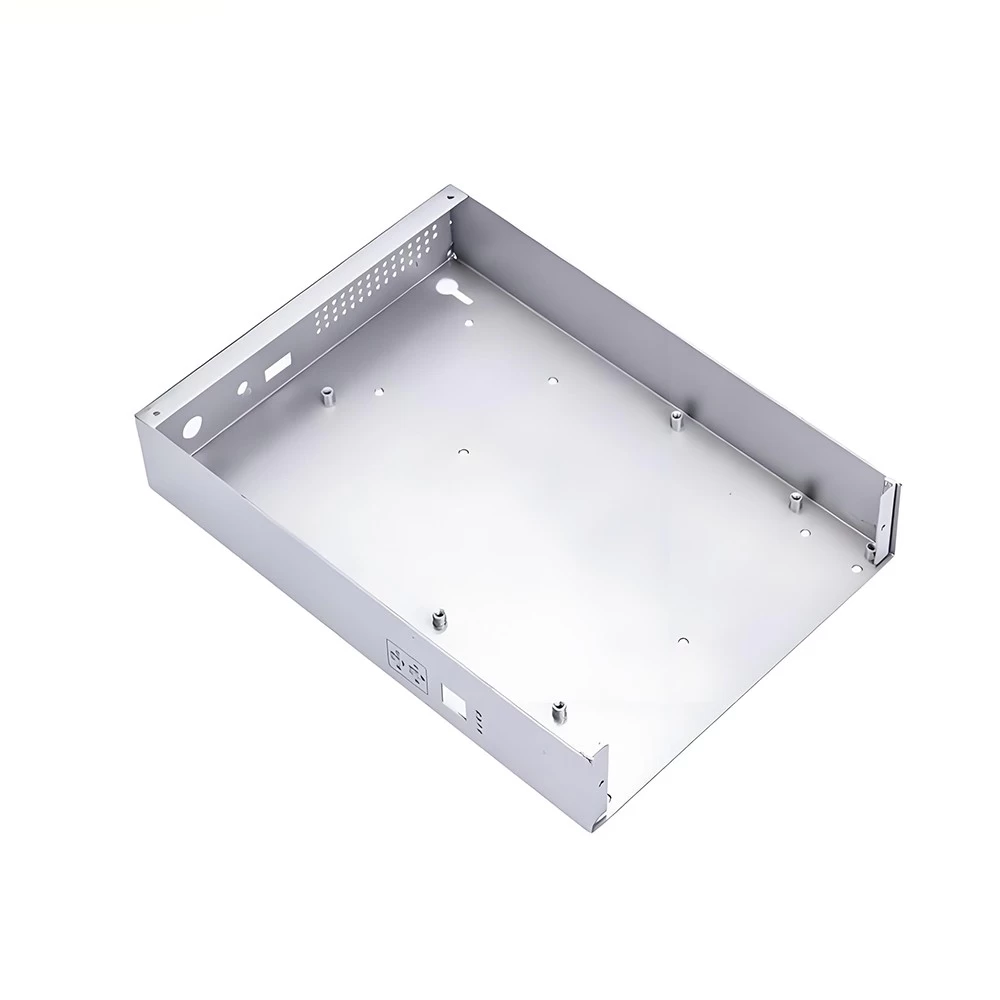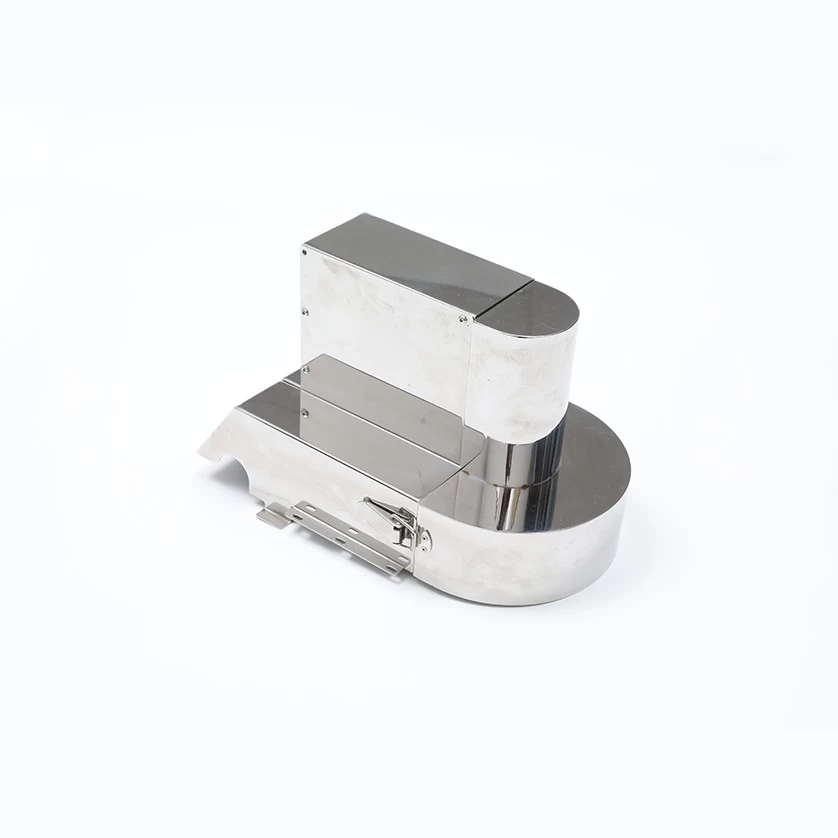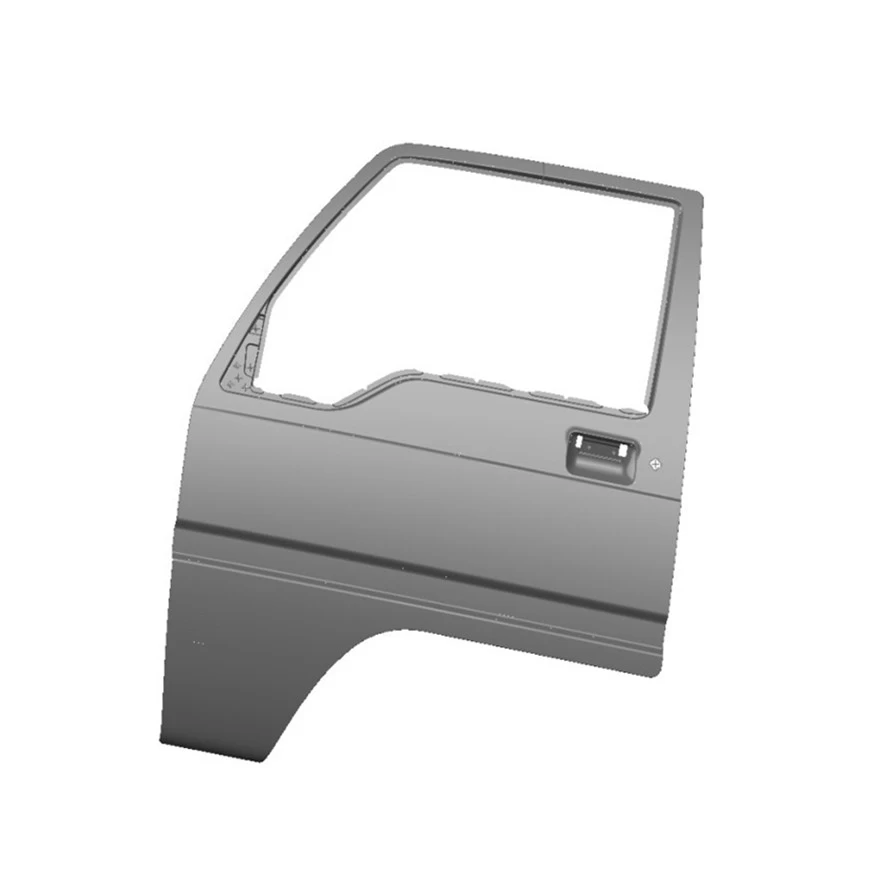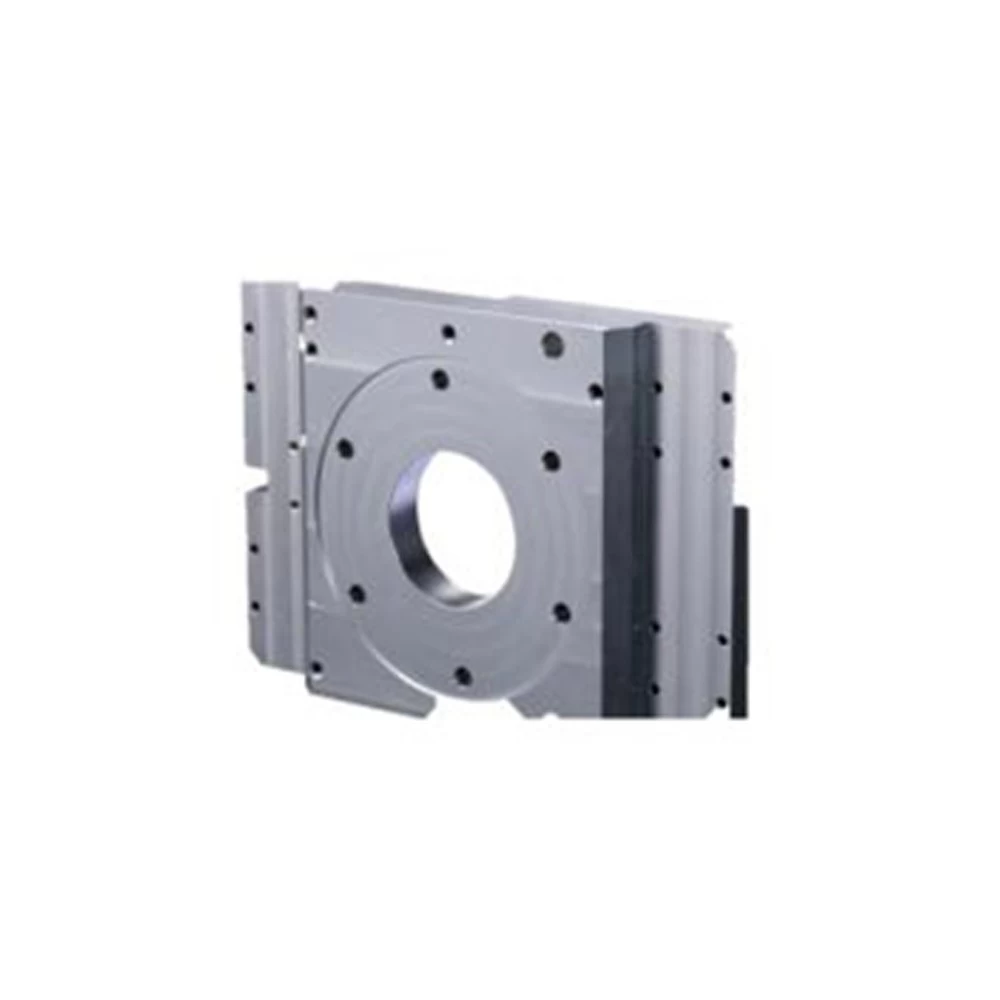In order to prevent corrosion or simply improve appearance, we use an additional finishing treatment process for a portion, or all, of a metal part’s exterior surface after it has been machined or fabricated. In addition, some of these treatments also provide enhanced mechanical or electrical properties that contribute to the overall functionality of the part.
Below surface treatments are widely used:
1. Electroplating– This process forms a thin metallic coating on the substrate. The electroplating process passes a positively-charged electrical current through a solution containing dissolved metal ions and a negatively charged electrical current through the metallic part to be plated. Common metals utilized for electroplating are cadmium, chromium, copper, gold, nickel, silver, tin, and zinc. Almost any base metal that conducts electricity can be electroplated to enhance its performance.
2. Electroless Plating– This treatment method is similar to electroplating; however, it does not utilize electricity. A reduction agent replaces the electricity, and it is contained in the plating solution.
Chemical Treatment– This method involves processes that create thin films of sulfide and oxide by means of a chemical reaction. Typical uses are for metal coloring, corrosion protection, and priming of surfaces to be painted. Black oxide is a very common surface treatment for steel parts and “passivation” is used to remove free iron from the surface of stainless steel parts.
Anodic Oxidation– This type of surface treatment is typically used for light metals, such as aluminum and titanium. These oxide films are formed by electrolysis, and since they are porous, dyeing and coloring agents are frequently specified for an improved aesthetic appearance. Anodization is a very common surface treatment that prevents corrosion on aluminum parts. If wear resistance is also desirable, engineers can specify a version of this method that forms a relatively thick, extremely hard, ceramic coating on the surface of the part.
3. Hot Dipping– This process requires the part to be dipped into dissolved tin, lead, zinc, aluminum, or solder to form a surface metallic film. Hot-dip galvanizing is the process of dipping steel into a vessel containing molten zinc. Used for corrosion resistance in extreme environments, guard rails on roads are commonly processed with this surface treatment.
Vacuum Plating– Vacuum vapor deposition, sputtering, ion plating, ion nitriding, and ion implantation are some of the more common metal surface finishing processes utilizing high vacuum as part of the plating process. Ionized metals, oxides, and nitrides are created in a controlled environment. The part is transferred into the vacuum chamber and the metals are very accurately deposited onto the substrate. Titanium nitride is a surface treatment that extends the life of high steel and carbide metal cutting tools.
4. Painting– Surface treatment painting is commonly specified by engineers to enhance a part’s appearance and corrosion resistance. Spray painting, electrostatic painting, dipping, brushing, and powder coat painting methods are some of the most common techniques used to apply the paint to the surface of the component. There are many types of paint formulations to protect metal parts in a wide range of physical environments. The automotive industry has automated the process of painting cars and trucks, utilizing thousands of robot arms and producing extremely consistent results.
5. Thermal Spraying– This type of surface treatment involves melted or heated materials that are accelerated, then collided and bonded mechanically to the target surface. A wire or powder feedstock, usually metal or ceramic, is melted by injecting it into a flame, electrical arc, or plasma stream. Engineers sometimes specify this process when added friction is a desirable characteristic. It is also commonly used on larger structural objects for protection against high temperatures, such as a thermal barrier coating for exhaust heat management.
Your questions will be highly appreciated by us : sales4@sheetmetal-fabrication.com



